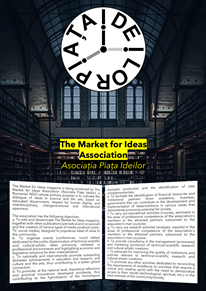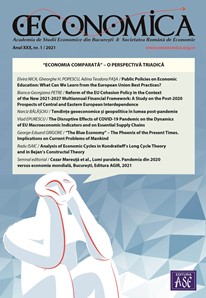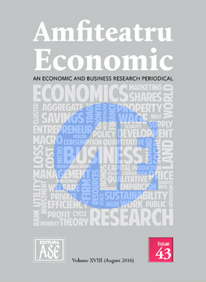Mariana Nicolae
Françoise Gilot, a successful painter and memorialist, died on June 6 aged 101. And beyond her venerable age, the name of the artist has appeared in almost every important cultural publication in the world. Why am I mentioning her here? Because her story is, in a way, exemplary of the condition of the female artist, and beyond that because it created some connections for me with Urmuz.Let me briefly introduce who Gilot had been and what she represented for the world of art. Those who know something about her, because they are interested in the world of modern art, remember that she was Picasso’s lover despite a 40-year age difference. She lived with Picasso for 10 years and bore him two children, Paloma and Claude, and is the only woman to leave him, rebuild her life and, despite Picasso’s considerable efforts to block her, build a career for herself as a painter and writer whom many consider remarkable. In 2021, the portrait made of her daughter in 1965 and titled Paloma à la Guitare, sold for 1.3 million dollars. The Musée Estrine in Saint Remy de Provence [1] dedicated to modern art of the 20th and 21st centuries, dedicated a retrospective to her in 2021. In 2009, she became an officer of the French Legion of Honour. Françoise Gilot was an independent woman who wanted to step out of the shadow of powerful men, from her father to Picasso, and who fought to keep her own identity. In her bestselling book, Life with Picasso, co-written with art critic Carlton Lake in 1964, she recalls that a friend warned her before she entered into a relationship with Picasso that she was heading for catastrophe. “I told him he was probably right, but I felt it was the kind of catastrophe I didn’t want to avoid” [2]. And also in her memoir, she firmly says “I’m not just a creature, I’m a creator. I am not an object to be painted, I am a subject, I am a painter” [3]. More



















